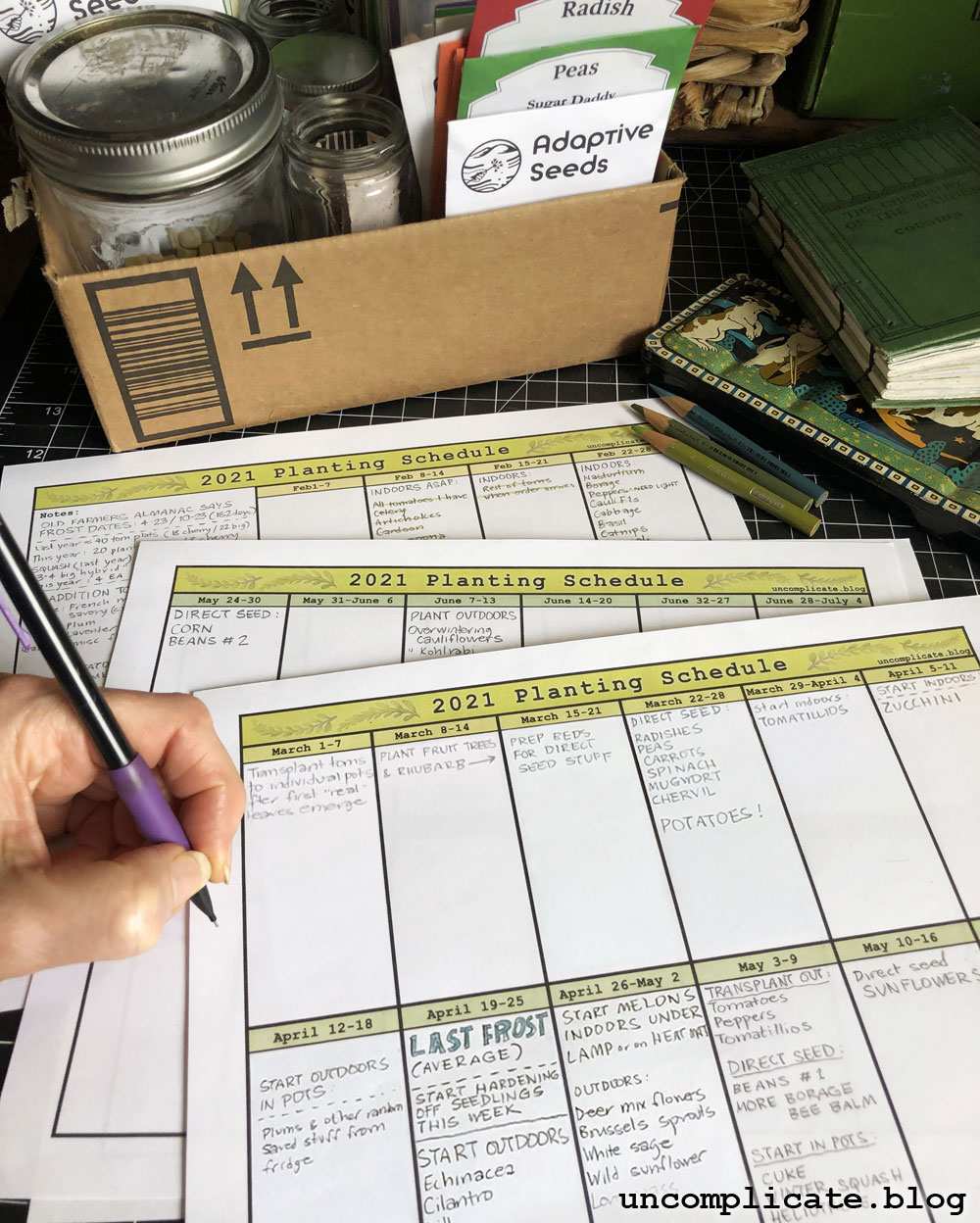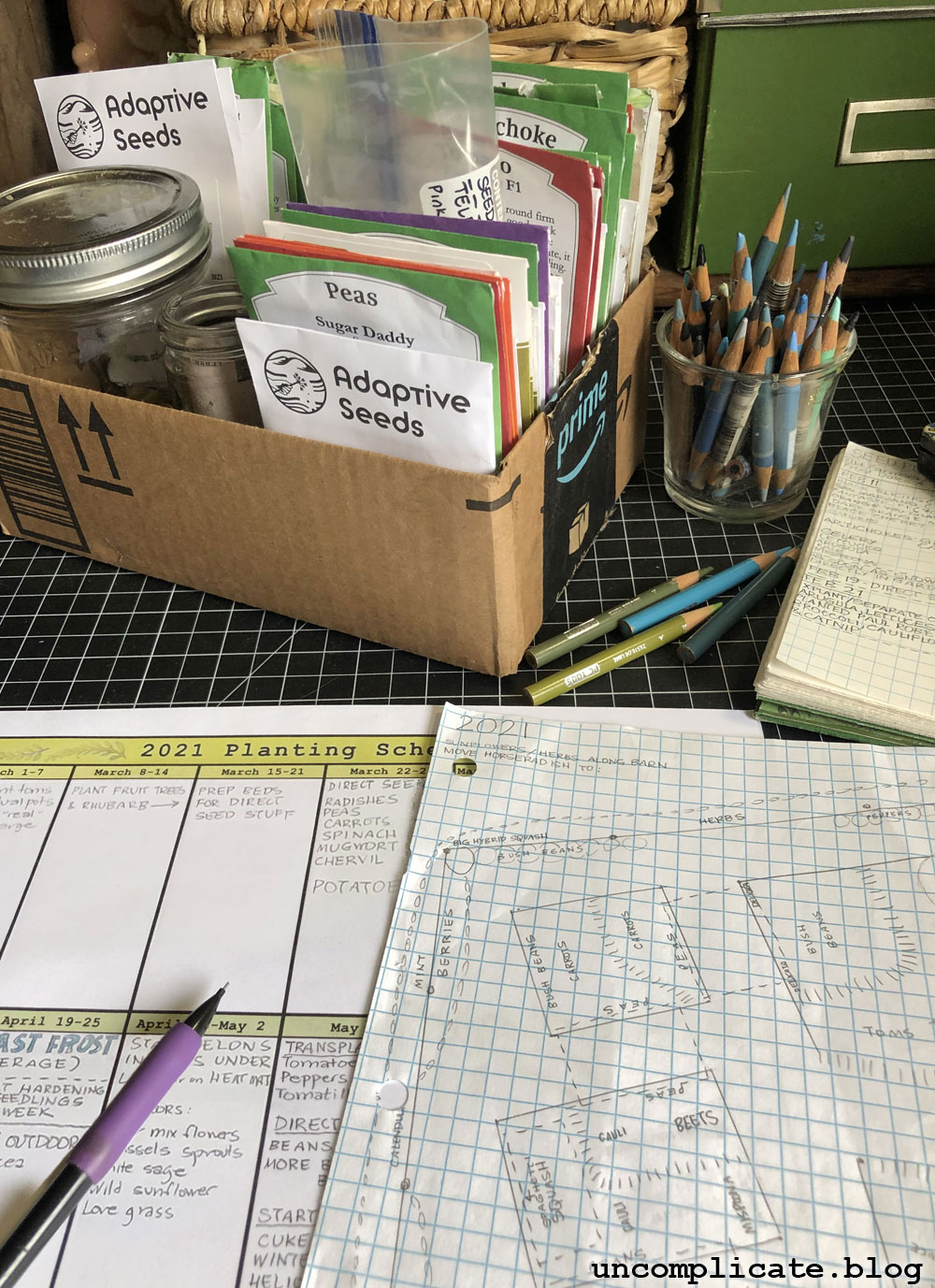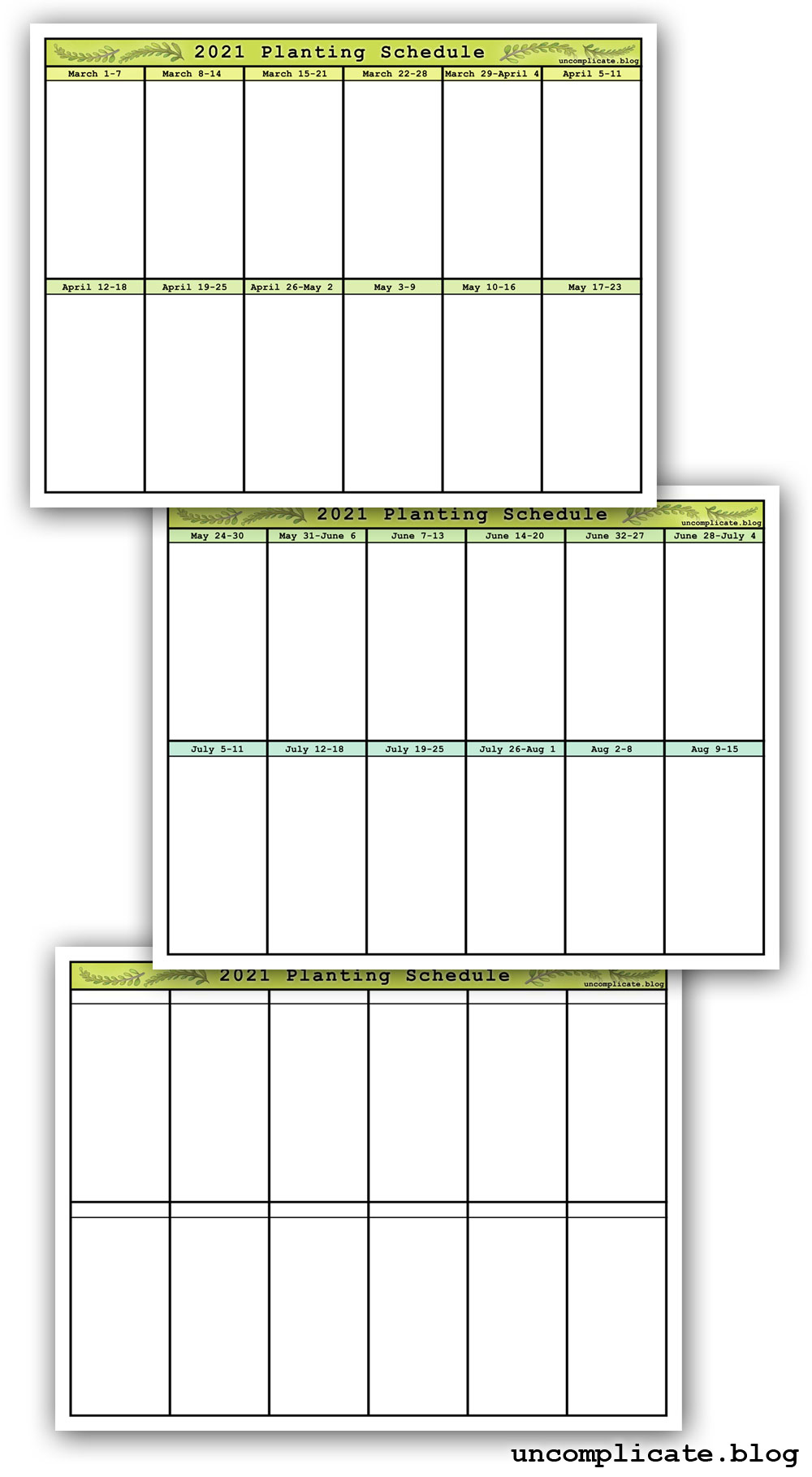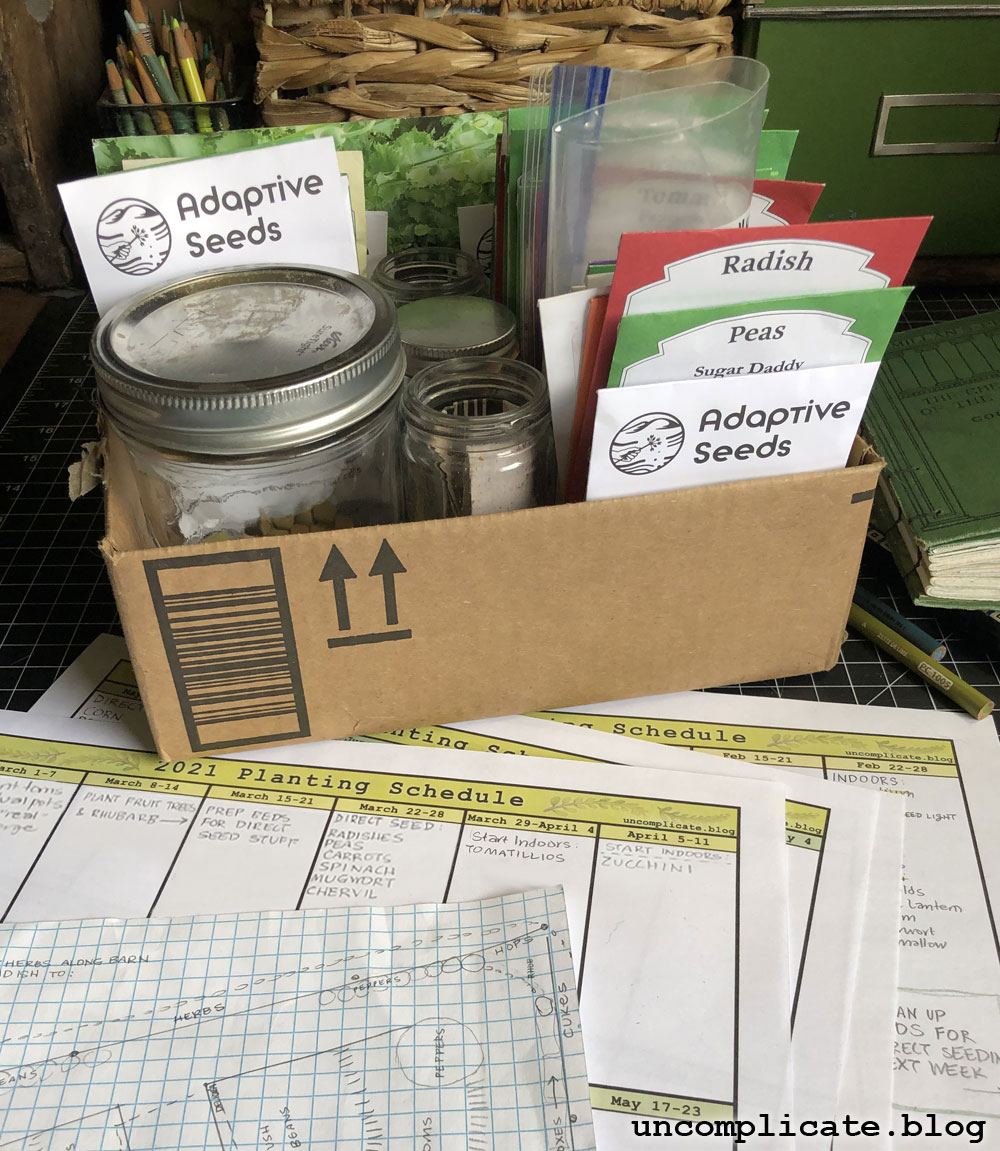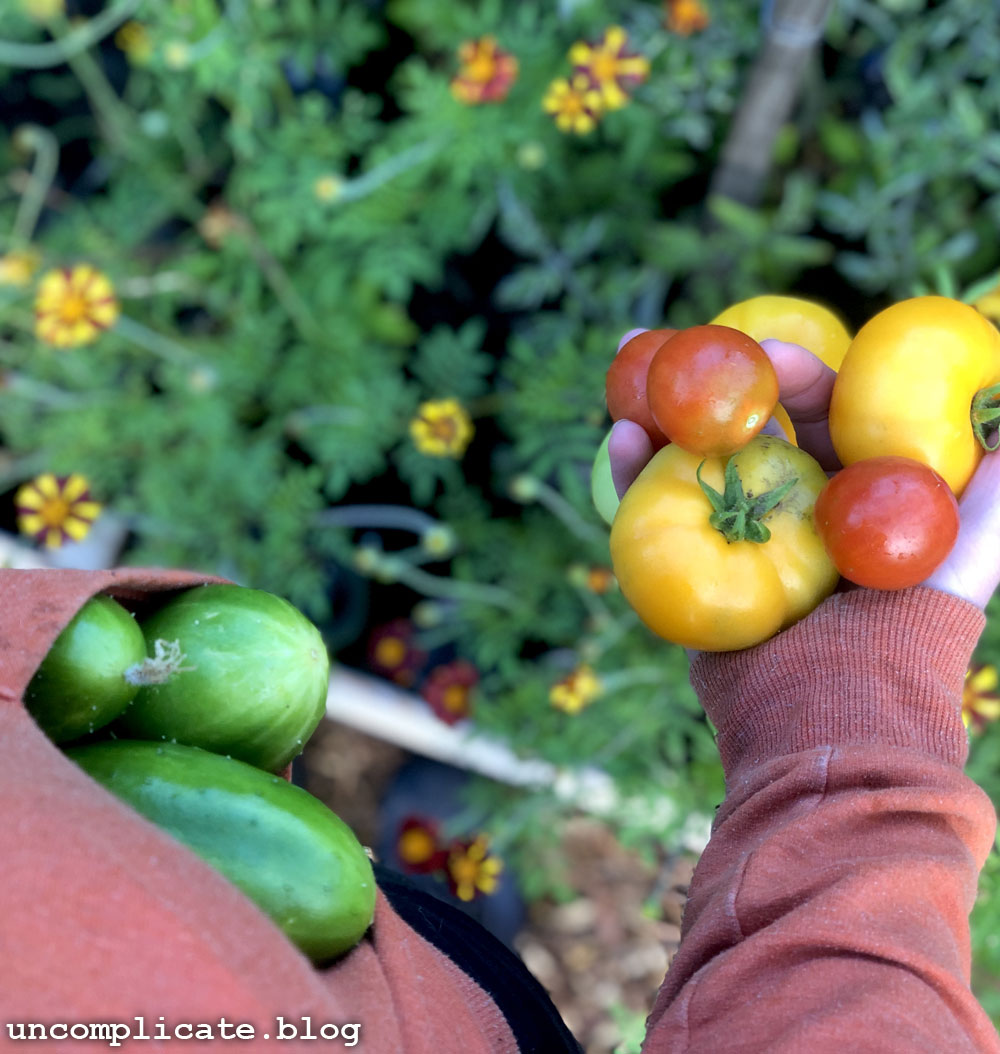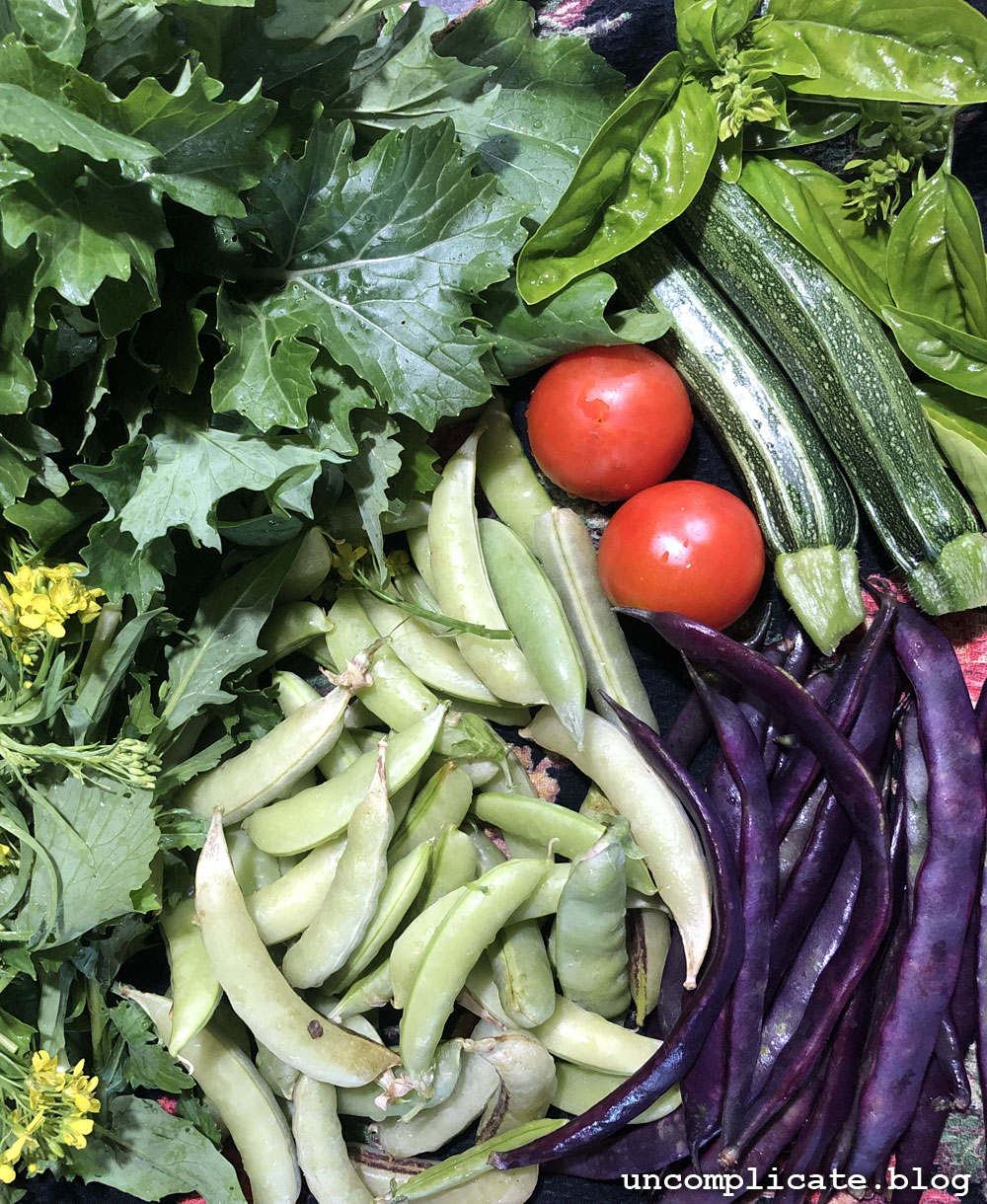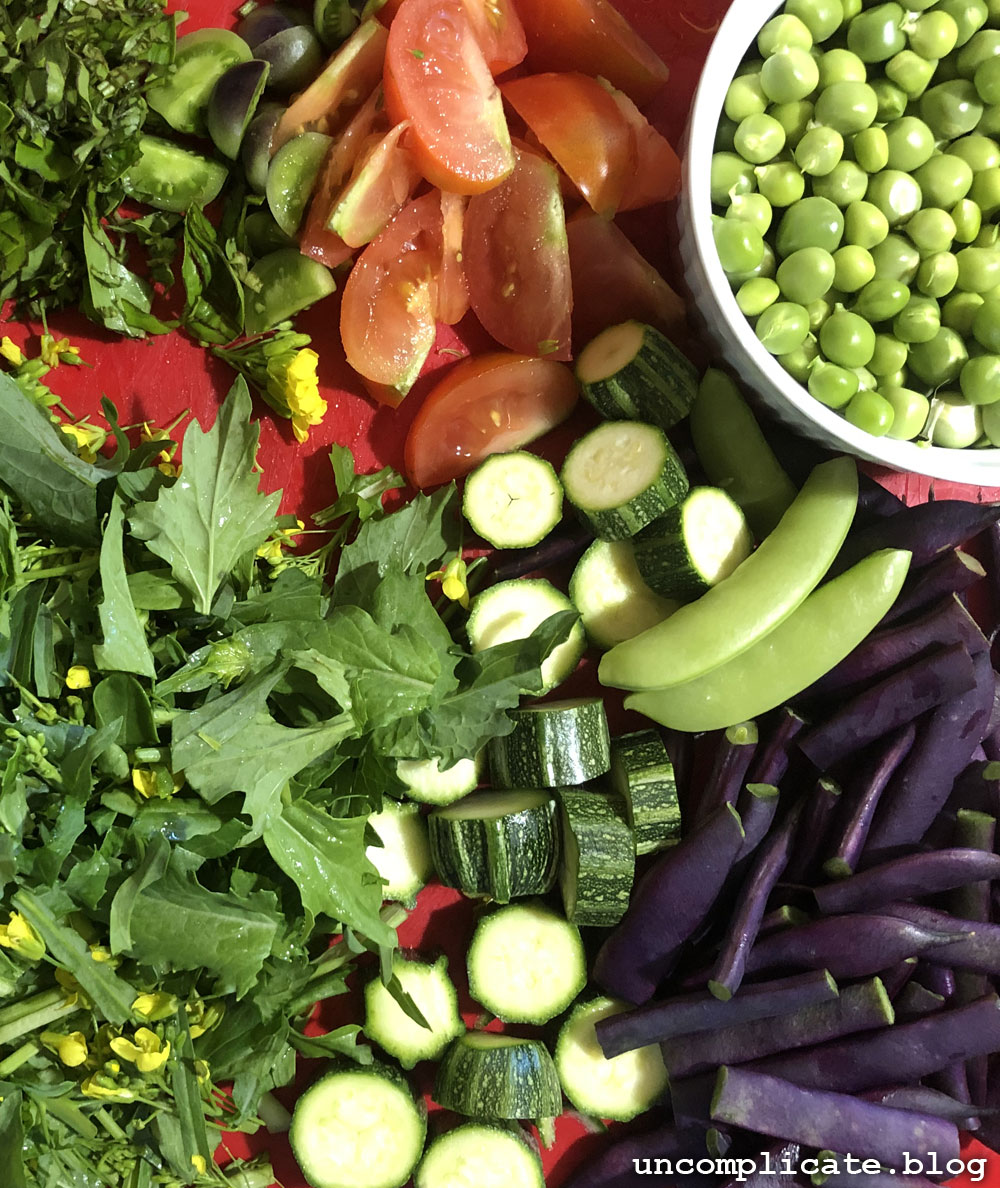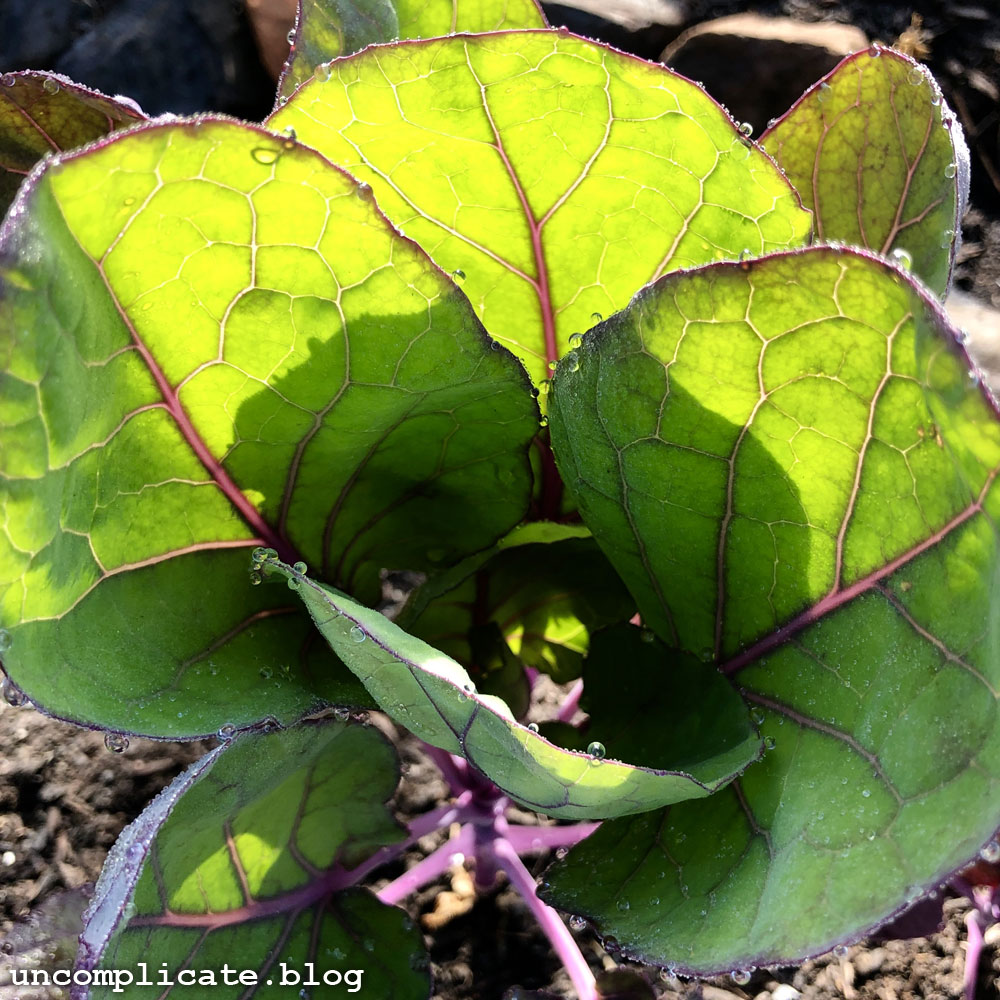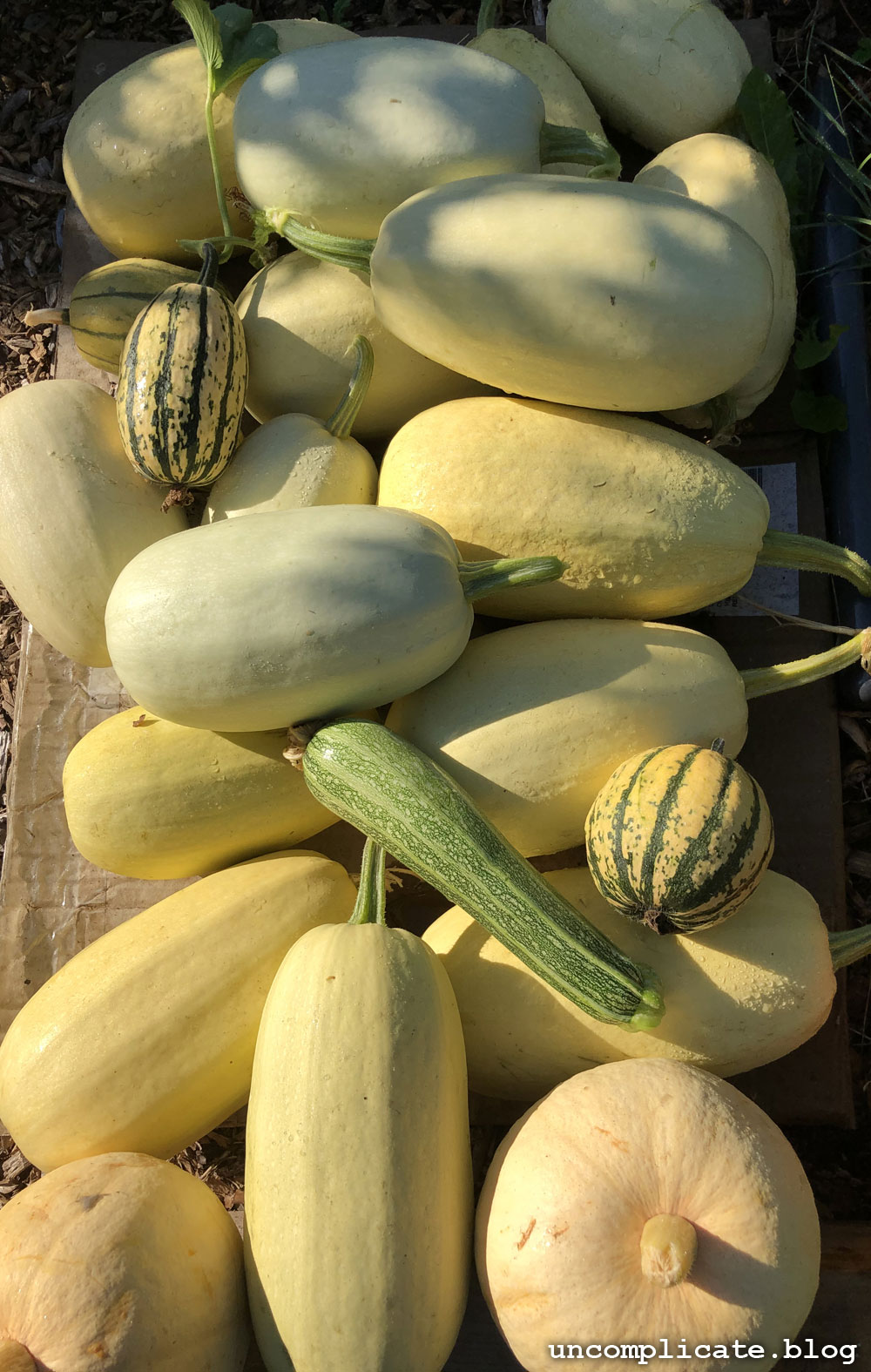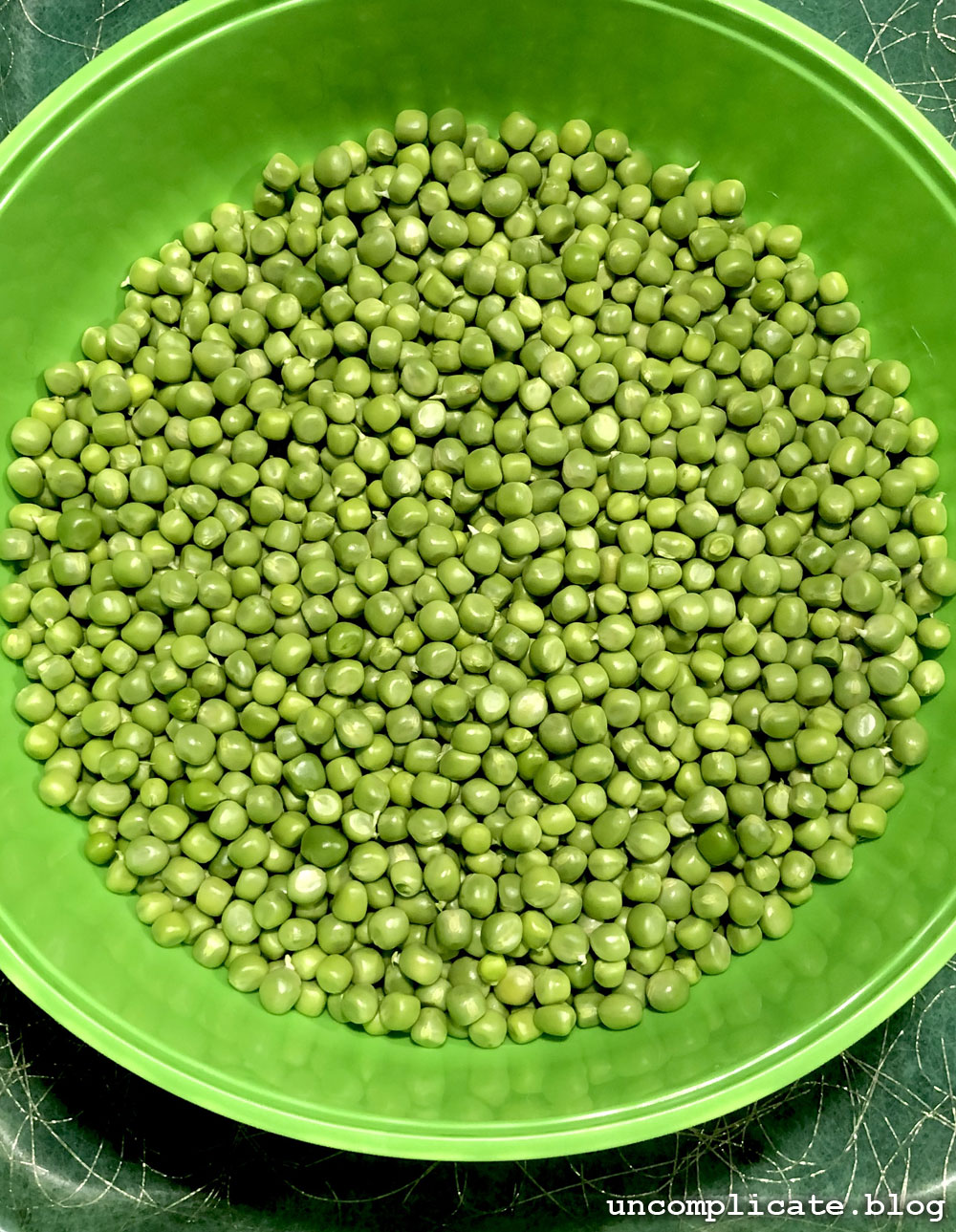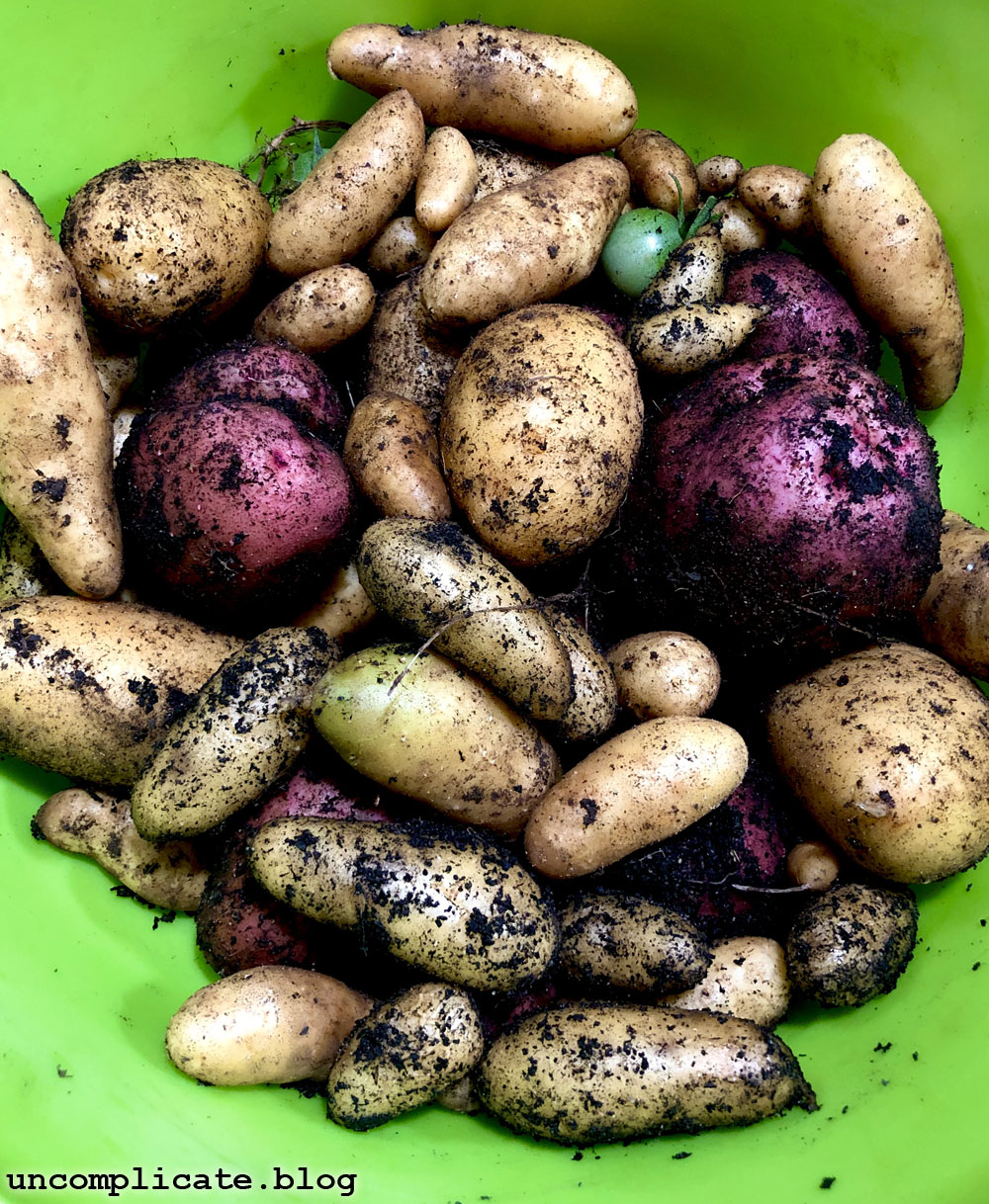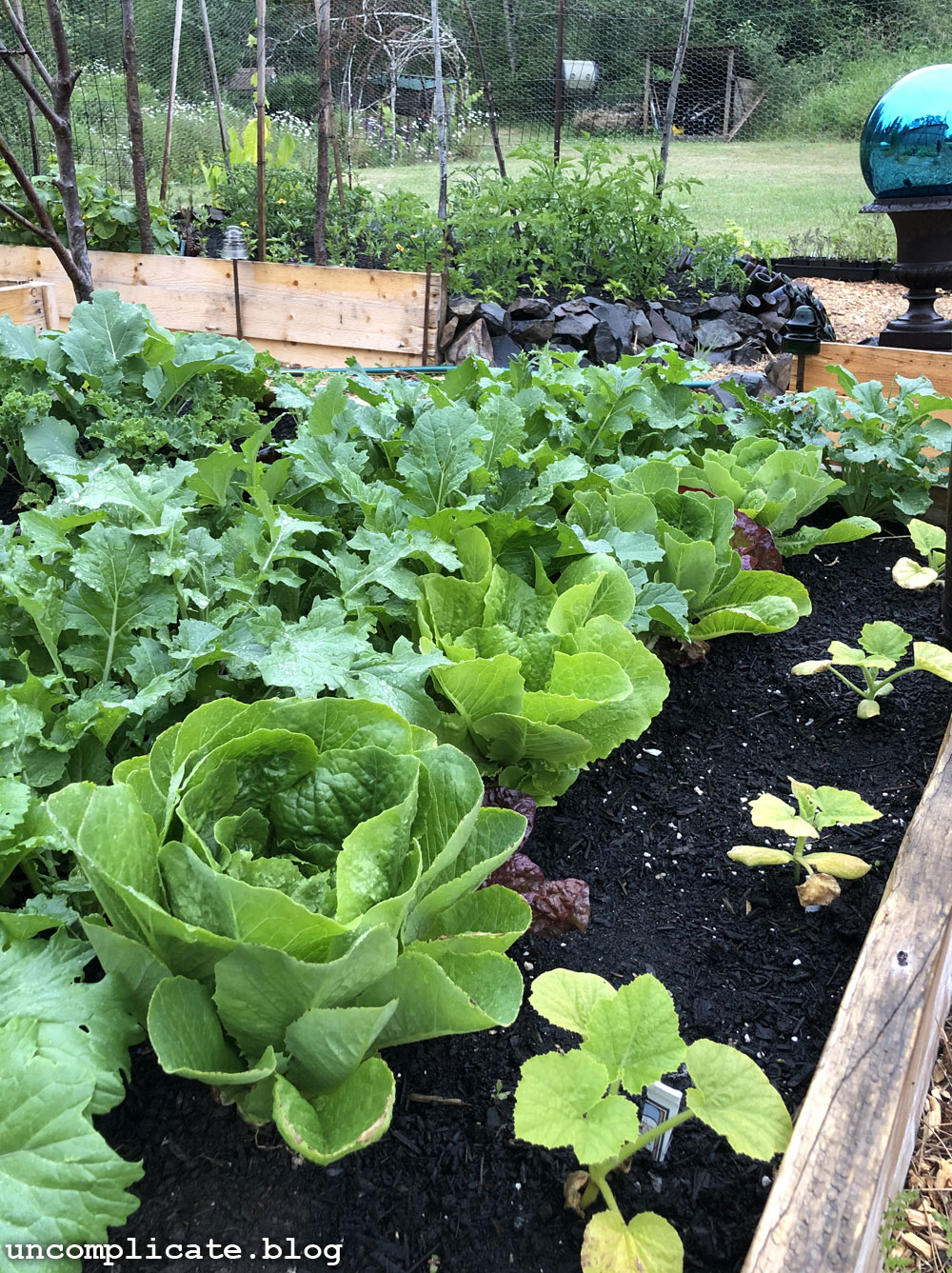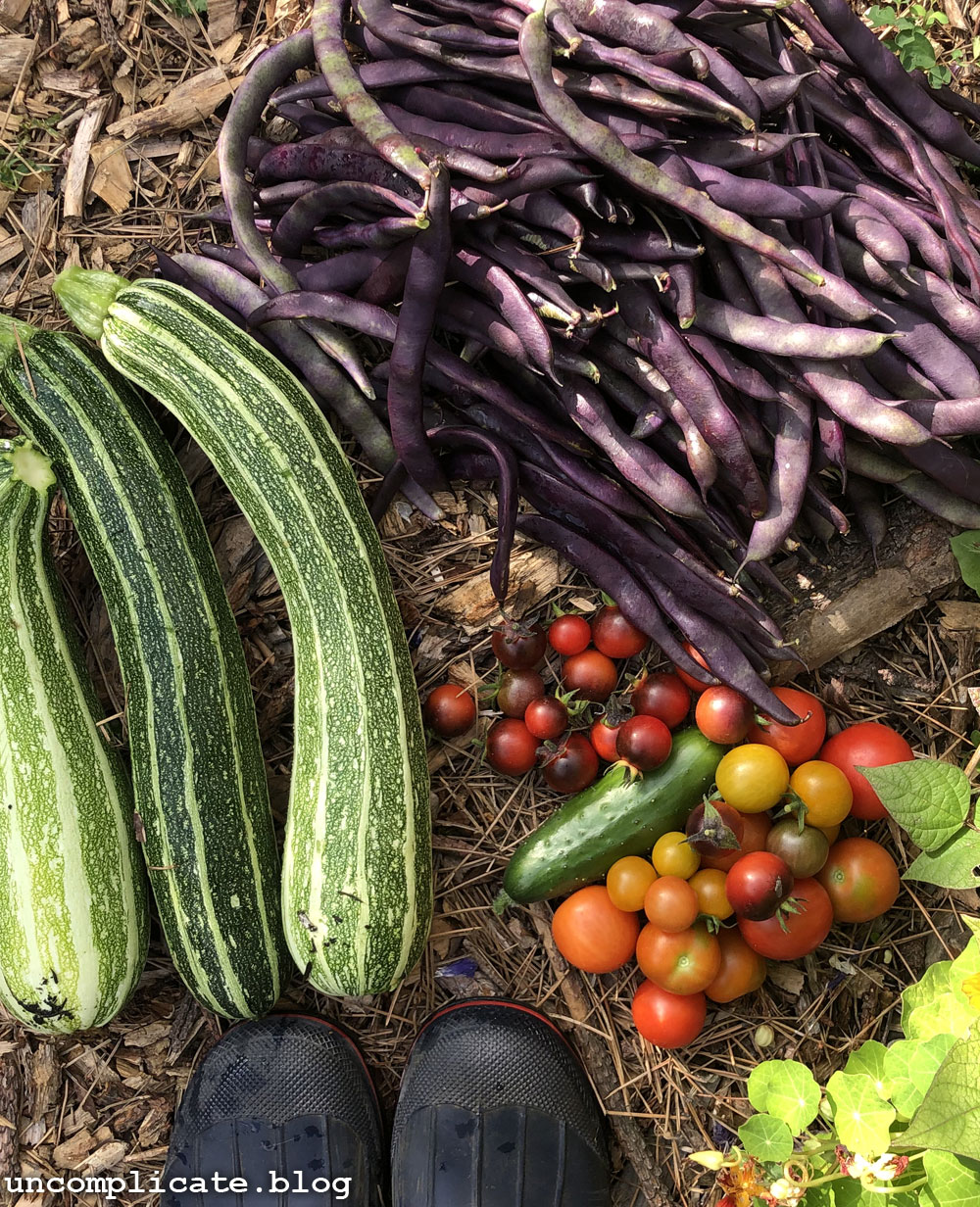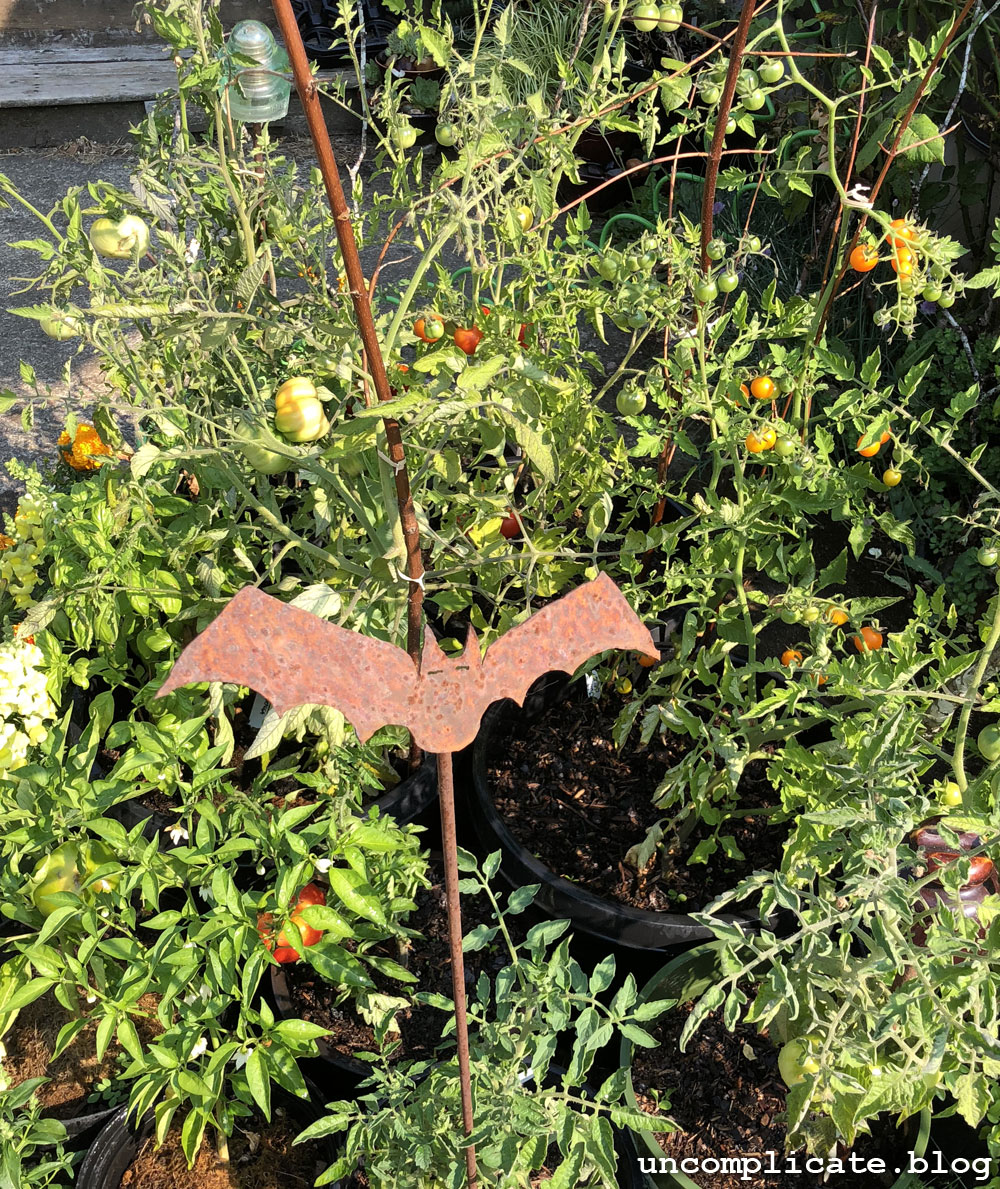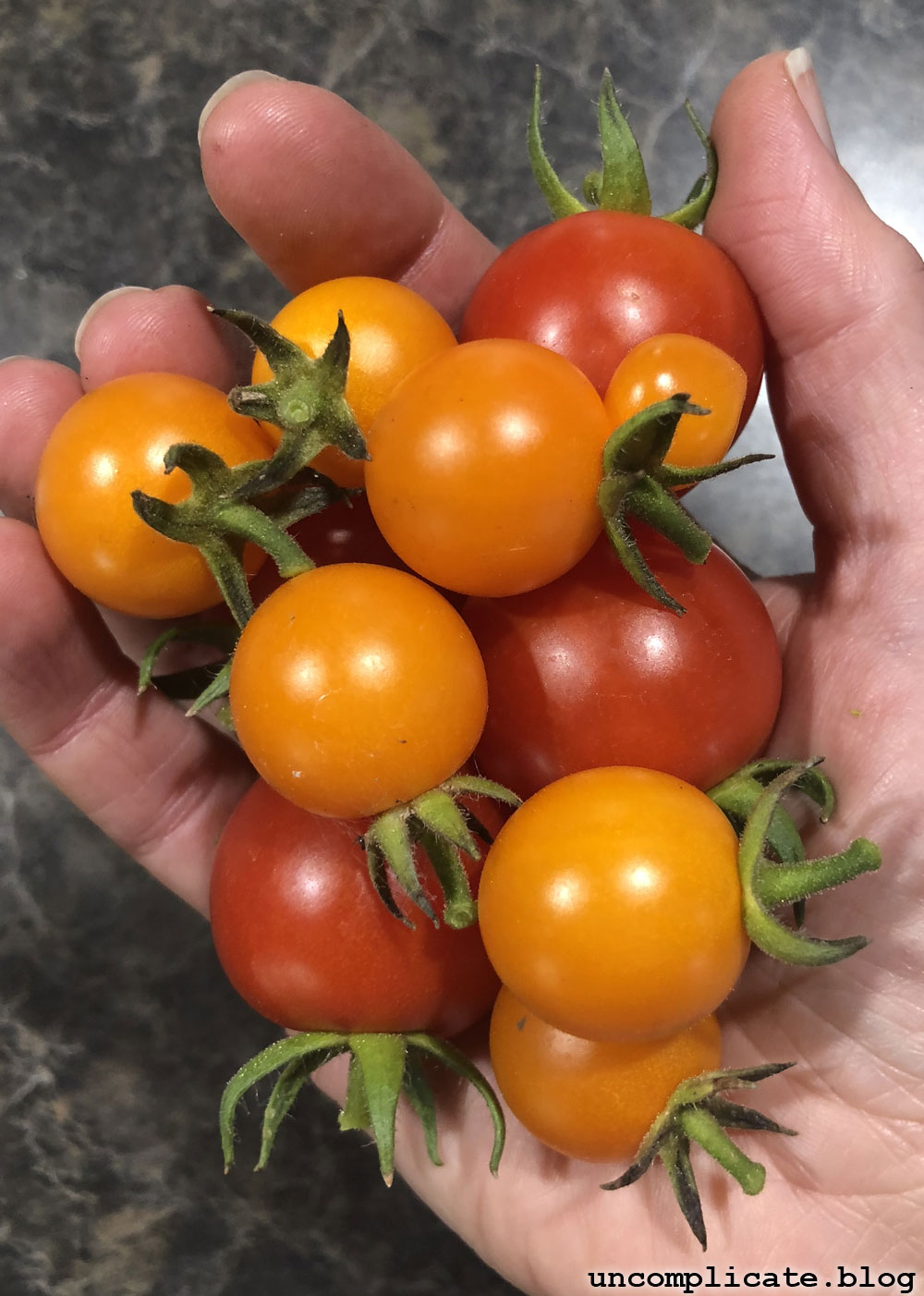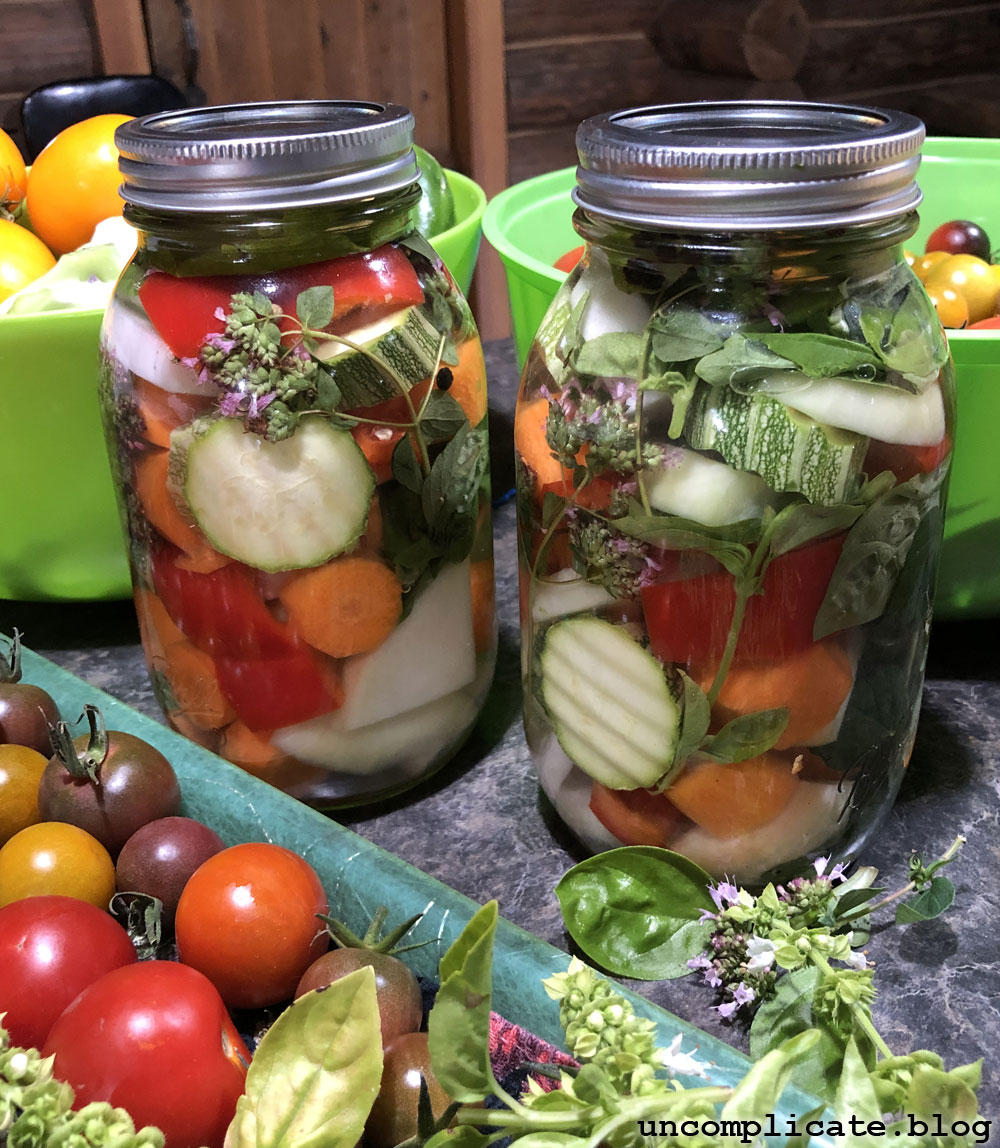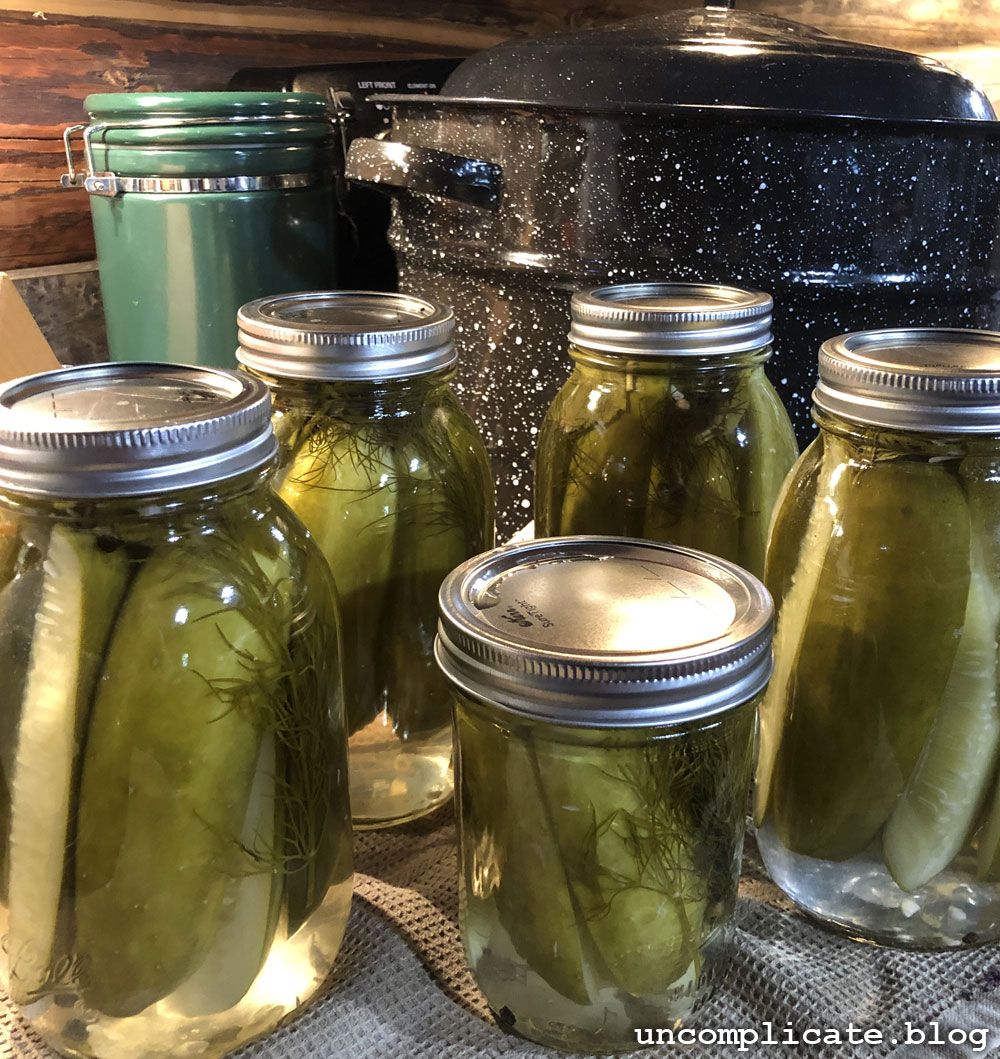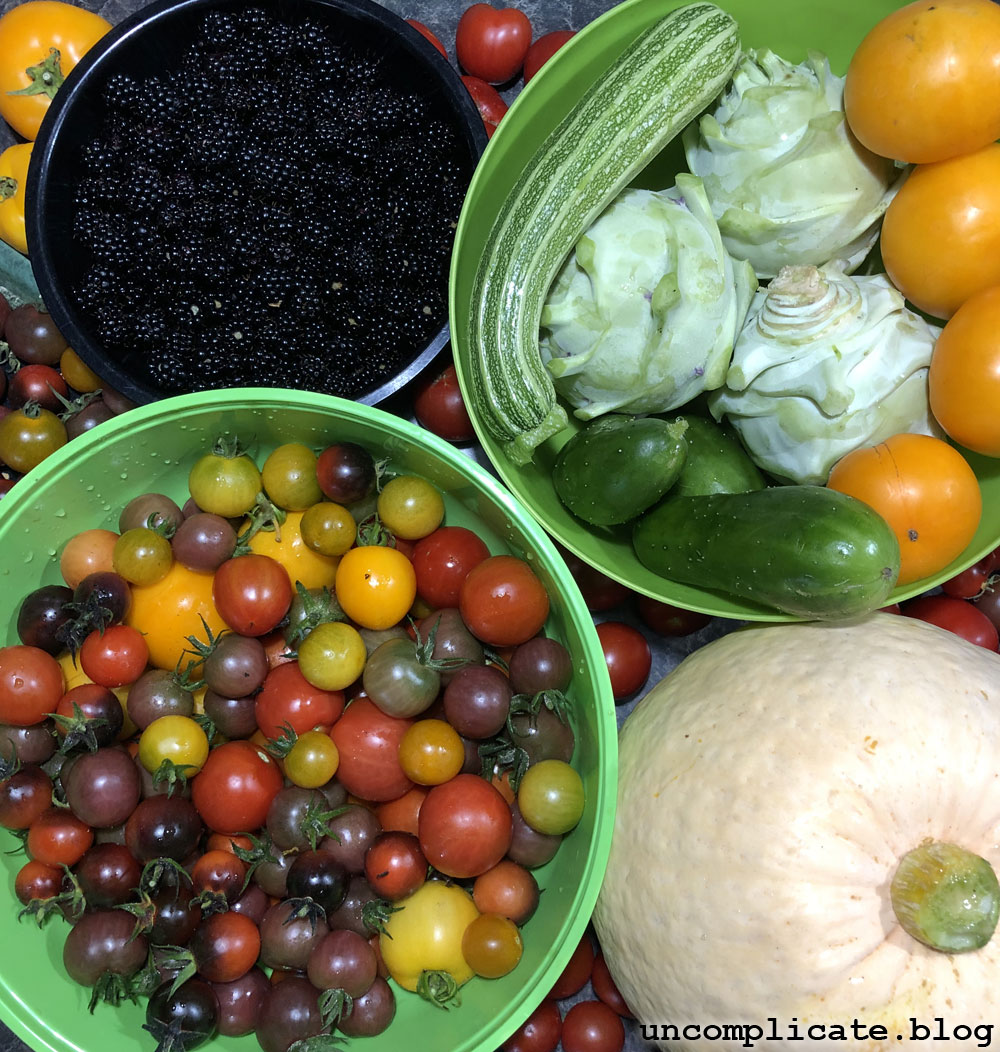The Veggie Garden: Scheduling Plantings
So, you’ve decided what to grow, you’ve gotten your seeds and are ready to go. Now what?
Last year I procrastinated starting my seeds for so long (motivation-killing global pandemic and all, we all had our own versions of this, right?) when I finally started planting I just threw everything I had into little pots on the same day and hoped for the best.
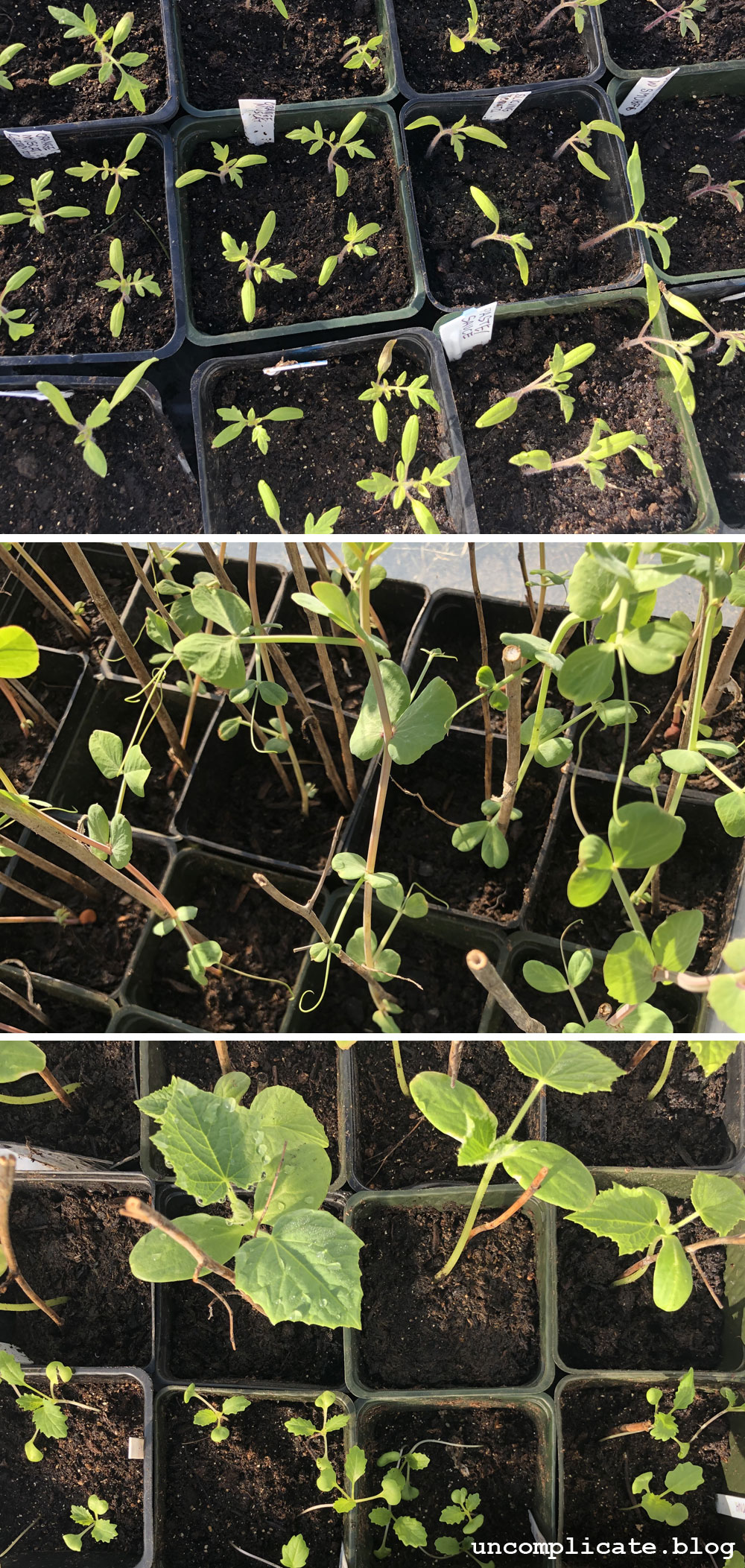
Most new things I’d planned to plant either weren’t available (because 2020) and I’ll admit I didn’t make the best choices for alternative vendors when my favorite sources were closed for quarantine, so a lot was delayed even further. But again, not rocket science, right? Plants grow. It all worked out.
Moving forward though, I wanted to be a little more organized and really utilize the seasons and this space to their potential. Or rather, start learning how to do that.
It started with organizing my saved and purchased seeds. After being totally intimidated by that fancy alphabetized drawer system I saw on Instagram last month I started to brainstorm about how I should organize mine: alphabetizing and color-coordinating stuff is kind of my thing but what made more sense for me is to file them in order of when I’ll be planting them. I checked each packet’s instructions (sometimes this is in the seed catalog or I might have details noted in my little garden journal) and started laying out little stacked packets by planting date until my table looked like I was playing a game of Solitaire, and realized this could all make more sense with some kind of spreadsheet or calendar.
The Virgo in me is all about lists and schedules and charts, but the word “spreadsheet” seems to bring on a spontaneous eye-twitch so I drew it out by hand instead of using actual software meant for stuff like that. I’m weird that way.
I double-checked my average last-frost date online and marked it on my calendar and counted backwards from that for the number of weeks before that date it was recommended to plant, noting which things to start indoors and which to direct sow in the garden.
I find it helpful to see the weeks spread out visually this way: somehow anything, even the passing of time, seems more real if I can just look at a picture or chart.
So far this has really helped me figure this all out. My seeds may not appear more organized in their same little old cardboard box but they’re all lined up in order of planting dates. After planting something, the packet or jar just goes to the back of the box behind those I haven’t yet planted.
So far so good.
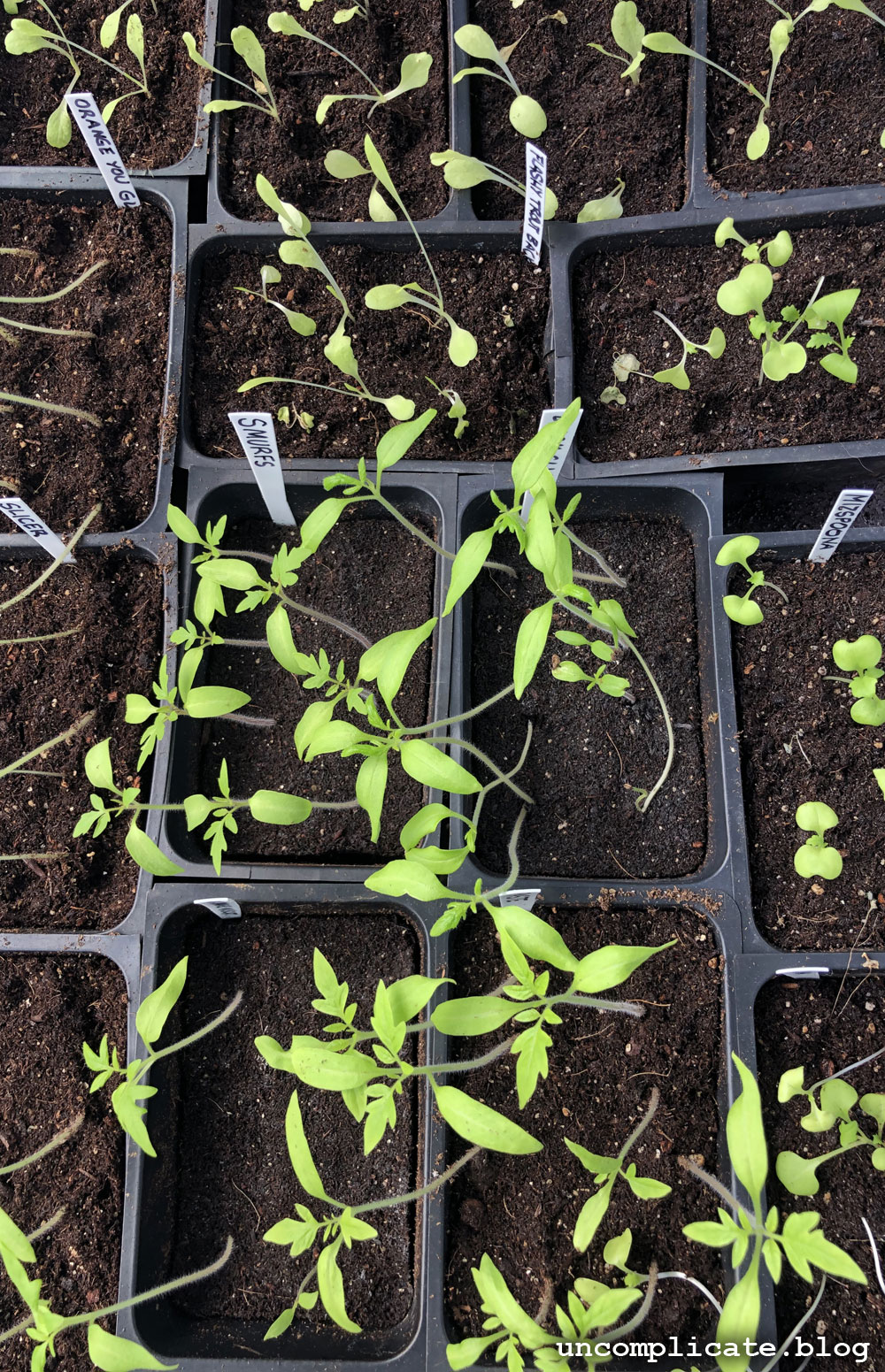
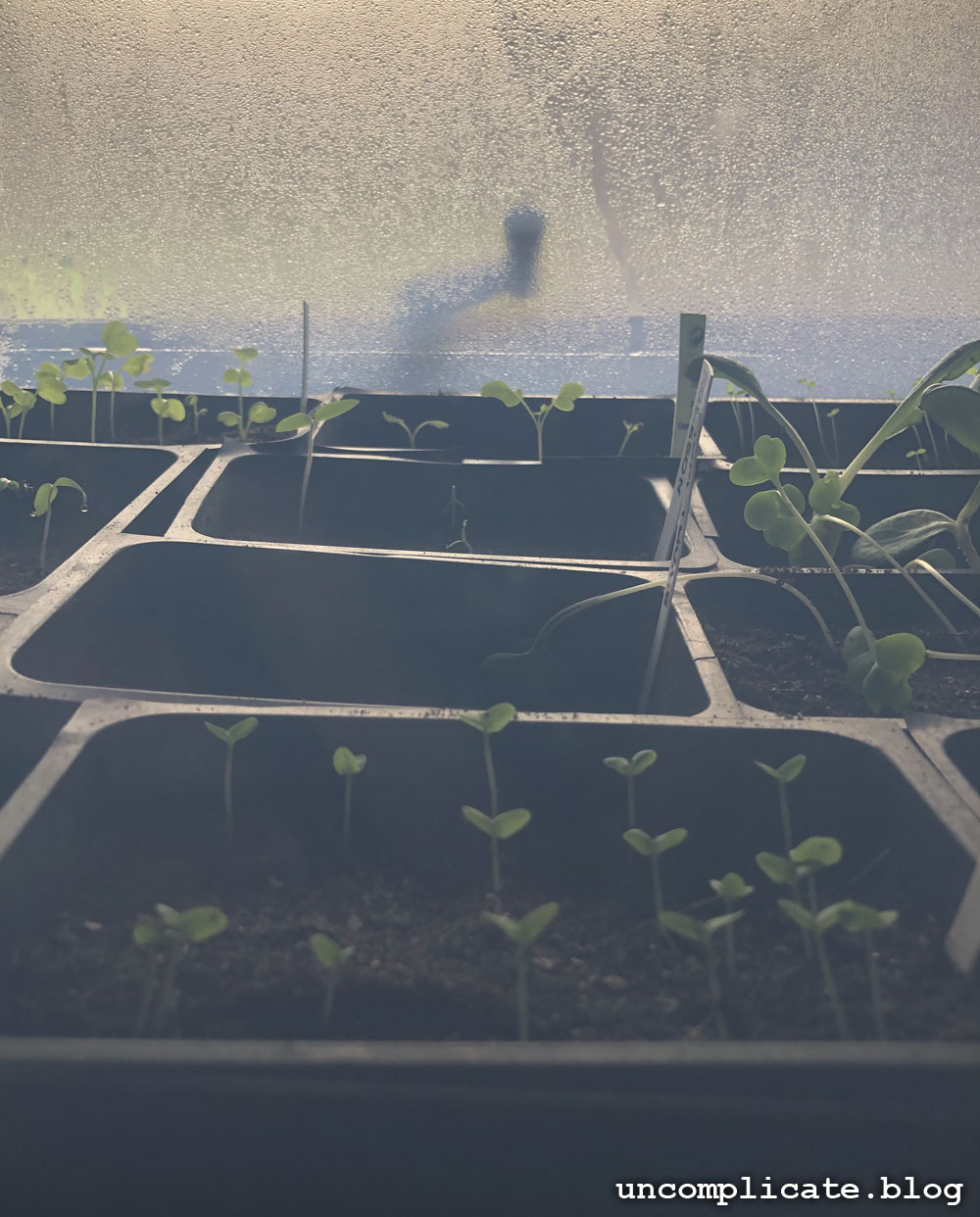
If you’d like to use my planting calendar to fill-in your own gardening schedule, I’ve tidied it up and saved it as a PDF you can download here for free and print out yourself. It’s organized into two pages of pre-dated 12-week schedules (starting with this week!) and a third page left blank so you can fill in your own dates and start any time or keep using it for late-summer and fall planting. If you’re not sure of your own average frost dates, you can find them here on the Old Farmer’s Almanac website (US and Canada).
Of course weather isn’t guaranteed so exact dates for hardening off and transplanting out will probably change as we get closer, but it helps to have a general idea. I mean, who hasn’t had to run outside in a mad frenzy trying to salvage tiny seedlings they transplanted the day before from a freak hailstorm or random foot of April snow, right?
If you download and use this Planting Schedule, please let me know how it works for you! I’d love to hear your feedback and some of your own organizing and scheduling ideas. I realize there are a lot of more involved and detailed garden planners out there, but I kind of like a simpler approach that gives me more control over the details. Maybe some of you out there are like me, and hopefully you find this template useful.
